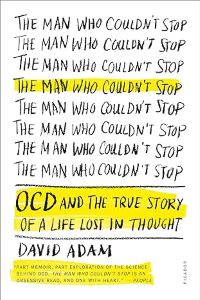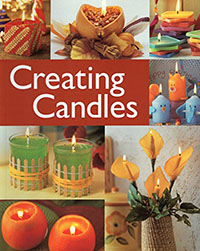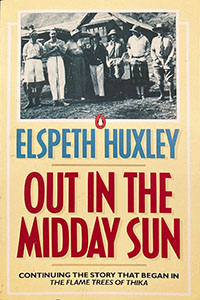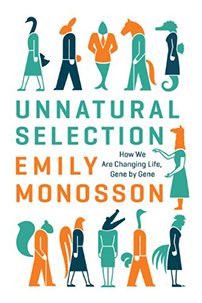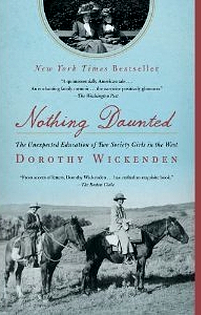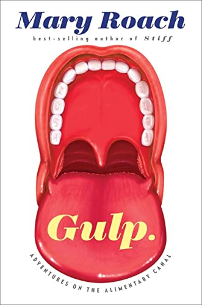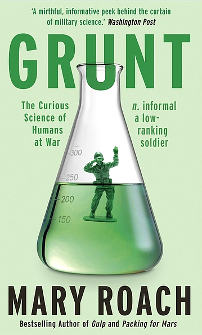A blend of personal account, medical history and looking into how the brain is wired. What OCD feels like to the person afflicted by it. Why treatments in the past didn’t work (some sound quite horrific) and what new ones are far more promising. Have to remember that the things doctors tried that sound awful now, were groundbreaking for their time and turned into something others could build on later, to figure out what actually was effective. Doesn’t make it sound much better though. They just didn’t have enough understanding back then. The book is personal and clinical by turns, covering some of the wide variety of expression this disorder takes on. Making some things far more clear to me (it’s not the compulsions that are the issue) and others I still don’t really understand. It’s a book that merits a re-read in more familiar format, especially because now I’m struggling to recall enough to say something coherent here. I do note: it explained pretty adeptly how unwanted, random, odd and often downright offensive or frightening thoughts pop into everybody‘s head- it’s just that most people immediately forget or dismiss them. The person with OCD dwells on them, and the more they dwell on a particular thought, the more it gets repeated in a feedback loop that’s extremely difficult to escape. That’s the point at which compulsive behaviors come in, as an attempt to drive the thought away. Missing a lot here- the notes I took down after I finished this audiobook weeks ago, while puzzling soon after my injury, are rather scanty. I was very intrigued and did listen closely the whole time I assure you, even though it was quite lengthy compared to some of the other audiobooks I’ve done.
There was one section that talked in depth about two brothers who lived alone in a house full of stuff they hoarded- which I’d also read about in this other book. I immediately recognized them from some of the details, and it was pretty interesting to hear about their predicament from another viewpoint.
Borrowed from the public library. Audiobook, narrated by Daniel Philpott, 7 hours 53 min listening time. Completed on 1/11/24
